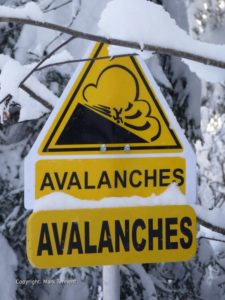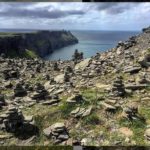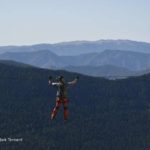We had a lovely day of snow shoe walking with Mark in the Champagny le Haut valley. Mark was full of local flora and fauna knowledge keeping the girls, aged fourteen and twelve interested.
Thank you.
Patrick W.
Thank you for the feedback Patrick. It was a pleasure meeting you and your family. Mark






